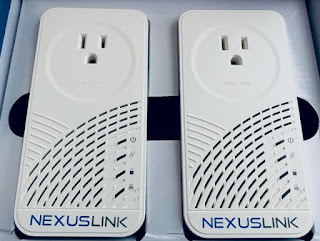Network Troubleshooting (or most types of troubleshooting) usually comes down to isolation. Some folks have a hard time with this concept. They bounce from one idea to the next hoping to get lucky and find the smoking gun.
When I troubleshoot a suspected cabling issue, I'll usually start with Occam's Razor philosophy - that the simplest explanation is most likely. For instance, did any event occur prior to the onset of this problem? Lightning storm, remodeling? Furniture rearranging?
Once I've exhausted a little bit of time on that with no success, I'll begin the isolation process. Or, you could think of it as "process of elimination".
My experience is the actual horizontal cable is usually not the culprit. Cables in the walls and ceiling usually don't go bad on their own. That old excuse about rats chewing on the wires? In 30 years, I don't think I've ever seen that.
But, just to be sure, and appease the IT guy.....
I'll start by testing the cable's continuity by using a cable tester as demonstrated in this video.
If you happen to have a cable certifier (a tool that tests for speed capability of the wire - cat5e, cat6, etc.), then by all means, please use it. However, usually if a cable passes the continuity test, then if it was a cat5e cable when it was installed, it's probably still a cat5e cable.
If the cable fails, the first place I look is the data jack on the wall. This is the most likely thing to get damaged - corrosion, bent pins, or pairs breaking off from the keystone insert.
If it's not the wall outlet, you can check the termination in the wiring closet (MDF, IDF), those usually aren't a problem unless someone has been doing some changes on the wiring panel.
Lastly, at this point, the horizontal span of the cable could be damaged (again, it's rare in my opinion), looking for the problem could be challenging, but it may be easier and the same amount of time/effort to run a new cable. Because, if you do find the damaged area, there may not be enough slack in the cable to allow you to terminate a splice - which really isn't' a best practice anyway.














